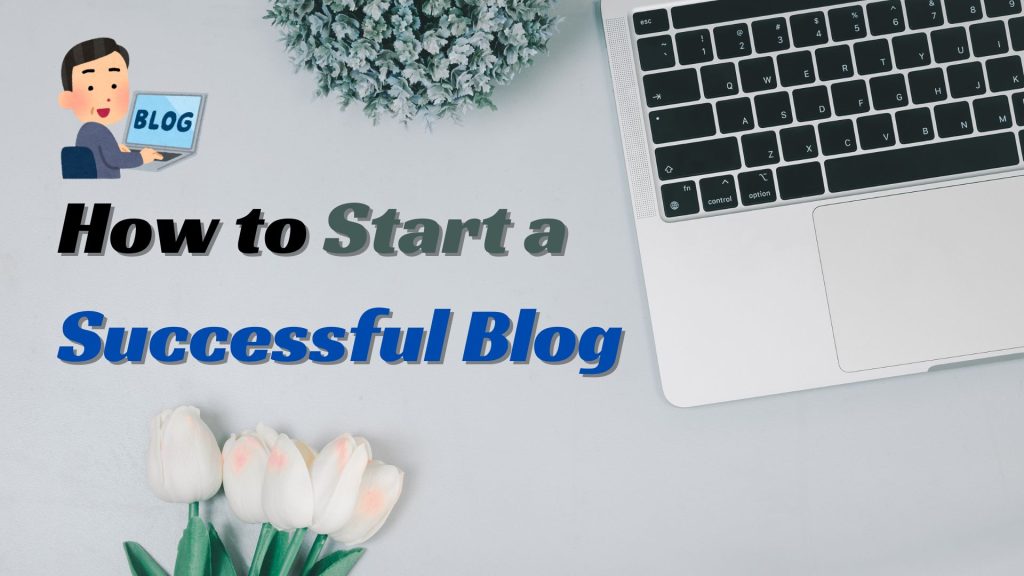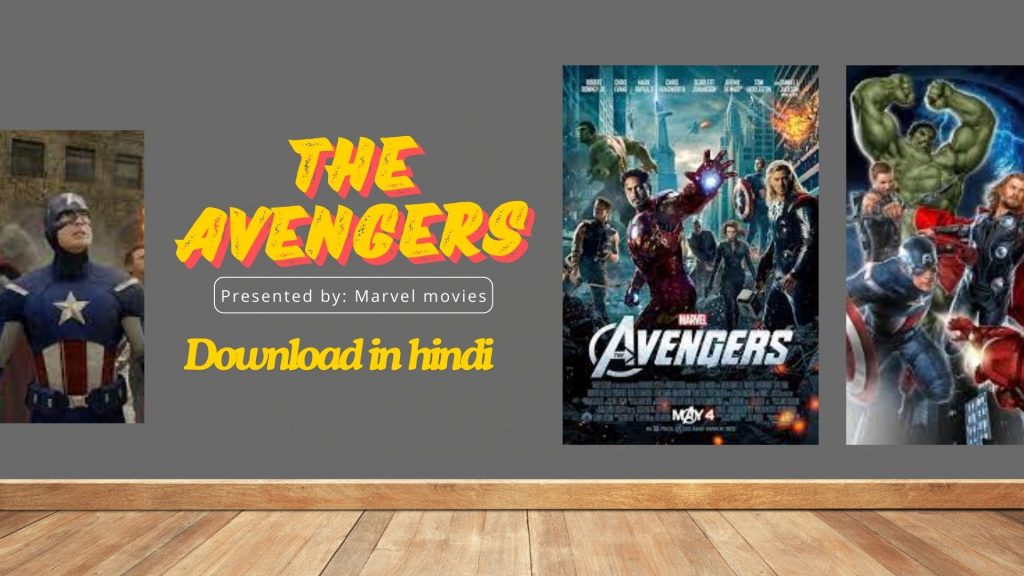Starting a blog is an exciting venture that opens doors to creativity, connection, and opportunity. Whether you’re looking to share your passion, build a personal brand, or explore new horizons, launching a blog can be a fulfilling endeavor. In this comprehensive guide, we’ll walk through the step-by-step process of starting a successful blog from scratch.
What is blog?
A blog is like an online journal or diary where people share their thoughts, ideas, experiences, and expertise on a specific topic or multiple topics. It’s a website where individuals or groups regularly publish new content in the form of articles or posts. Blogs can cover a wide range of subjects, from personal stories and hobbies to professional advice and news updates. They often include text, images, videos, and links to other resources. Readers can engage with the content by leaving comments and sharing posts on social media. Overall, a blog is a platform for expressing ideas and connecting with others who share similar interests or questions.
Types of blog
- Personal Blogs: These are like online journals where individuals share their thoughts, experiences, and stories with a personal touch. They can cover a wide range of topics from travel adventures to daily life anecdotes.
- Lifestyle Blogs: These focus on various aspects of everyday life, including fashion, health, fitness, beauty, parenting, and more. They offer tips, advice, and inspiration related to lifestyle choices.
- Travel Blogs: Dedicated to travel experiences, tips, itineraries, and destination guides. Travel bloggers share their adventures, recommendations, and insights to inspire and inform readers.
- Food Blogs: Centered around recipes, cooking tips, restaurant reviews, and culinary experiences. Food bloggers share their passion for food and cooking with detailed recipes and mouth-watering photos.
- Fashion Blogs: Explore the world of fashion, including style tips, trends, outfit ideas, shopping guides, and fashion event coverage. Fashion bloggers showcase their personal style and provide fashion inspiration.
- Tech Blogs: Focus on technology news, reviews, gadget updates, tutorials, and troubleshooting tips. Tech bloggers cover a wide range of topics related to smartphones, computers, software, and emerging tech trends.
- DIY/Craft Blogs: Cater to creative enthusiasts interested in do-it-yourself projects, crafts, home decor, and handmade items. DIY bloggers share step-by-step tutorials and creative ideas.
- Business/Finance Blogs: Provide insights into entrepreneurship, business strategies, finance management, investment tips, and career advice. Business bloggers target professionals and aspiring entrepreneurs.
- Health and Wellness Blogs: Cover topics related to fitness, nutrition, mental health, wellness practices, and self-care tips. Health bloggers aim to promote healthy living and well-being.
- Educational Blogs: Focus on educational content, tutorials, learning resources, and academic topics. Educational bloggers target students, teachers, and lifelong learners.
1. Choose Your Blogging Niche
The first step in starting a blog is defining your niche. Consider your interests, expertise, and target audience. Choose a niche that aligns with your passions and has potential for growth. Examples of popular blogging niches include:
- Travel
- Food and Cooking
- Personal Finance
- Health and Wellness
- Fashion and Beauty
- Technology and Gadgets
- DIY and Crafts
- Parenting and Family
2. Select a Blogging Platform
Once you’ve identified your niche, choose a blogging platform to host your blog. Some popular options include WordPress, Blogger, Wix, and Squarespace. WordPress is highly recommended for its flexibility, customization options, and extensive plugin support.
3. Register Your Domain Name and Hosting
Next, register a domain name that reflects your blog’s identity. Keep it simple, relevant, and easy to remember. Once you’ve chosen a domain name, sign up for web hosting. Reliable hosting providers like Bluehost, SiteGround, or HostGator offer affordable plans for new bloggers.
4. Set Up Your Blog
Install your chosen blogging platform on your hosting account. Most hosting providers offer one-click installation for WordPress. Customize your blog’s appearance by choosing a theme that complements your niche. Explore theme options and customize colors, fonts, and layout settings.
5. Create Compelling Content
Start creating high-quality content that resonates with your audience. Write informative articles, share personal experiences, or provide practical tips and tutorials. Focus on solving problems or entertaining your readers. Consistency is key to building an engaged audience.
6. Optimize for Search Engines (SEO)
Learn basic SEO techniques to improve your blog’s visibility on search engines like Google. Optimize your content by using relevant keywords, writing descriptive meta tags, and optimizing images. Install an SEO plugin like Yoast SEO to assist with on-page optimization.
7. Promote Your Blog
Use social media platforms like Facebook, Instagram, Twitter, and Pinterest to promote your blog posts. Engage with your audience, join relevant communities, and share valuable content. Collaborate with other bloggers or influencers in your niche to expand your reach.
8. Monetize Your Blog
Explore different monetization strategies to generate income from your blog:
- Affiliate Marketing: Promote products or services and earn commissions on sales.
- Sponsored Posts: Partner with brands for sponsored content.
- Advertisements: Display ads using platforms like Google AdSense.
- Digital Products: Sell ebooks, online courses, or digital downloads.
- Services: Offer consulting, coaching, or freelance services related to your niche.
9. Build Relationships with Your Audience
Engage with your readers by responding to comments, emails, and social media messages. Encourage feedback and create a sense of community around your blog. Host giveaways, live Q&A sessions, or virtual events to connect with your audience.
10. Stay Consistent and Persistent
Consistency is essential for growing a successful blog. Establish a content schedule and stick to it. Aim for quality over quantity and track your progress using analytics tools. Stay persistent and patient, as blogging success takes time to achieve.
11. Learn and Adapt
Stay updated with blogging trends, SEO practices, and content marketing strategies. Continuously improve your skills and adapt your approach based on feedback and analytics. Join online courses, attend webinars, and network with other bloggers to expand your knowledge.
Benefits of blogging
- Express Yourself: Blogging provides a platform to share your thoughts, ideas, and experiences with the world. It allows you to express yourself creatively and connect with like-minded individuals.
- Builds Authority: Regular blogging on a specific topic helps establish you as an authority or expert in that niche. This can enhance your credibility and reputation within your industry.
- Enhances Writing Skills: Writing blog posts regularly can improve your writing skills, including clarity, conciseness, and creativity. It’s a great way to hone your communication abilities.
- Boosts SEO and Website Traffic: Blogs are great for SEO (Search Engine Optimization). By creating valuable content with relevant keywords, you can increase your website’s visibility in search engines and attract more organic traffic.
- Engages Audience: Blogs enable you to interact with your audience through comments and social media. This engagement builds relationships with readers and customers.
- Supports Personal Growth: Blogging encourages self-reflection and continuous learning. It challenges you to research topics, stay updated, and broaden your knowledge.
- Monetization Opportunities: Successful blogs can be monetized through various avenues like ads, affiliate marketing, sponsored posts, and selling products or services.
- Networking and Connections: Blogging helps you connect with other bloggers, influencers, and professionals in your field. It opens doors to collaborations, partnerships, and networking opportunities.
- Showcases Your Portfolio: For freelancers, artists, or professionals, a blog can serve as an online portfolio to showcase work and attract clients or employers.
- Documenting Journey: Whether it’s personal growth, travel experiences, or professional milestones, blogging allows you to document your journey and create a digital archive of memories.
Blogging Trends and Best Practices
- Mobile Optimization: With the majority of internet users accessing content on mobile devices, blogs must be optimized for mobile responsiveness. Ensure your blog design and layout are mobile-friendly for a seamless user experience.
- Video and Visual Content: Incorporating videos, infographics, and high-quality images into blog posts enhances engagement and attracts readers. Visual content is more shareable and helps convey information effectively.
- Voice Search Optimization: As voice search becomes more prevalent, optimize your blog content for voice queries. Use conversational language and target long-tail keywords that mimic natural speech patterns.
- Long-Form Content: Comprehensive, in-depth blog posts tend to perform better in search engines and provide more value to readers. Aim for longer, well-researched articles that cover topics thoroughly.
- User-Generated Content: Encourage user participation by allowing comments, feedback, and guest posts on your blog. User-generated content fosters community engagement and builds credibility.
- Personalization and Niche Targeting: Tailor your content to specific audiences and personalize user experiences. Narrowing down your niche allows you to address niche-specific topics and cater to a dedicated readership.
- SEO and Content Strategy: Implement effective SEO strategies by using relevant keywords, optimizing meta tags, and focusing on content quality. Develop a content strategy that aligns with SEO goals to improve visibility and organic traffic.
- Interactive Elements: Include interactive elements like quizzes, polls, or surveys in your blog posts to increase engagement and encourage reader participation.
- Social Media Integration: Promote your blog posts across social media platforms to expand reach and drive traffic. Integrate social sharing buttons to facilitate easy content sharing.
- Consistency and Frequency: Maintain a regular posting schedule to keep readers engaged and establish credibility. Consistency in publishing content helps build a loyal audience.
- Accessibility and Inclusivity: Ensure your blog is accessible to all users, including those with disabilities. Use alt text for images, readable fonts, and accessible design elements.
- Data Privacy and Security: Protect user data and adhere to privacy regulations. Implement secure protocols and disclose data practices transparently.
Difference between blog and website
Purpose and Content:
- Website: Websites are versatile digital platforms used for various purposes like business promotion, e-commerce, portfolios, information hubs, or online services. They feature static pages with consistent information, such as Home, About Us, Services, Contact, etc.
- Blog: A blog is a specific type of website that primarily focuses on regularly updated content presented in reverse chronological order. Blogs are used to share insights, opinions, news, stories, or tutorials on specific topics. They emphasize dynamic, engaging, and frequently updated content.
Content Structure:
- Website: Websites typically have structured navigation and organization, with clear menus directing users to specific sections or pages. Content is organized based on static pages, categories, or products/services.
- Blog: Blogs consist of posts organized by date, with the most recent content displayed first. Each post covers a specific topic and may include text, images, videos, and interactive elements. Blogs are structured around a chronological stream of updates.
- Interactivity:
- Website: Websites serve as informational or transactional platforms, offering information or services to visitors. Interaction is often limited to browsing, contacting the site owner, or making purchases.
- Blog: Blogs emphasize engagement and interaction with readers. Users can leave comments on posts, share content on social media, subscribe to updates via RSS or email, and participate in discussions with the author and other readers.
- Frequency of Updates:
- Website: Websites are updated less frequently, with changes made periodically to update information or features.
- Blog: Blogs are updated regularly, often with new posts published on a consistent schedule (e.g., daily, weekly, monthly). The focus is on providing fresh, timely content to keep readers engaged and attract new visitors.
- SEO and Traffic Generation:
- Website: Websites optimize for overall SEO (Search Engine Optimization) to improve visibility and attract traffic to specific pages or sections.
- Blog: Blogs leverage SEO techniques to rank individual posts in search engine results, driving traffic to specific topics or articles. Each blog post can target specific keywords and attract organic traffic based on its content.
- Purpose of Engagement:
- Website: Websites aim to inform, promote, sell, or provide services, often with a broader focus on business objectives.
- Blog: Blogs aim to educate, entertain, or inspire readers through regular content updates. They foster a sense of community and dialogue around specific topics of interest.
Conclusion
Starting a blog is an empowering venture that offers endless opportunities for creativity, connection, and growth. By following the steps outlined in this guide, you can embark on a successful blogging journey from scratch. Define your niche, choose the right platform, create compelling content, optimize for search engines, promote your blog, and explore monetization strategies. Engage with your audience, stay consistent, and continue learning and adapting to evolving trends. Remember, building a successful blog takes time, effort, and dedication, but the rewards are well worth it. Embrace your passion, share your voice, and enjoy the exciting journey of blogging!







